Sporty, stylish and sophisticated: just three reasons why you always promised yourself a BMW 3 Series.
Exclusivity used to be another, but after 1993, that ceased to be an issue, reflecting the fact that this was the greatest model range of the 20th century. It still is. Saloons, coupeÃs, cabriolets, Tourings and the BMW mad-as-hell M3s. With the seventh iteration of the 3 Series and the third of the 21st century, it is time to take a deep breath and assess BMW’s greatest hits.
In the beginning, 1975, there was the E21. We fan boys can only refer to 3s by their model codes. What BMW did here was shark-nose up a 2002 and turn a compact car into a much bigger one.
The new 3 Series has been unveiled - get your first look here
It did this by adding squishy 5 Series seats and developing a pocket-sized six-cylinder motor to purr away under the bonnet. The two-door saloon, a niche that no longer exists, has never been more prestigious, or more popular; a million buyers agreed after just six years. The top-of-the-line 323i offered tail-happy tomfoolery. Elsewhere, the other six, the 320, and the four-cylinder 316 feel surprisingly modern today.
Variety came in the shape of a scaffold-roll-bar Baur convertible.
If any model defined the 1980s, it was the E30. Slicker and less sharky but roomier, it had the models to keep buyers happy. They loved the extra two doors, the full convertible (although the Baur was still available initially), the Touring and the truly outstanding BMW M3. Oh, yes, and BMW still did the two-door saloon. There were more engines. The UK may not have got any turbocharged diesels, but a four-wheel-drive X was around for a while. E30s have gone through the usual used car cycle and become sub-£1000 bangers, but now all models are on the up. It is a classic and the more cylinders the better. That makes some of the 316s and 318s rather more affordable, especially in four-door format. The 318iS remains a classy response to those pesky hot hatches.
Find a used BMW 3 Series on PistonHeads
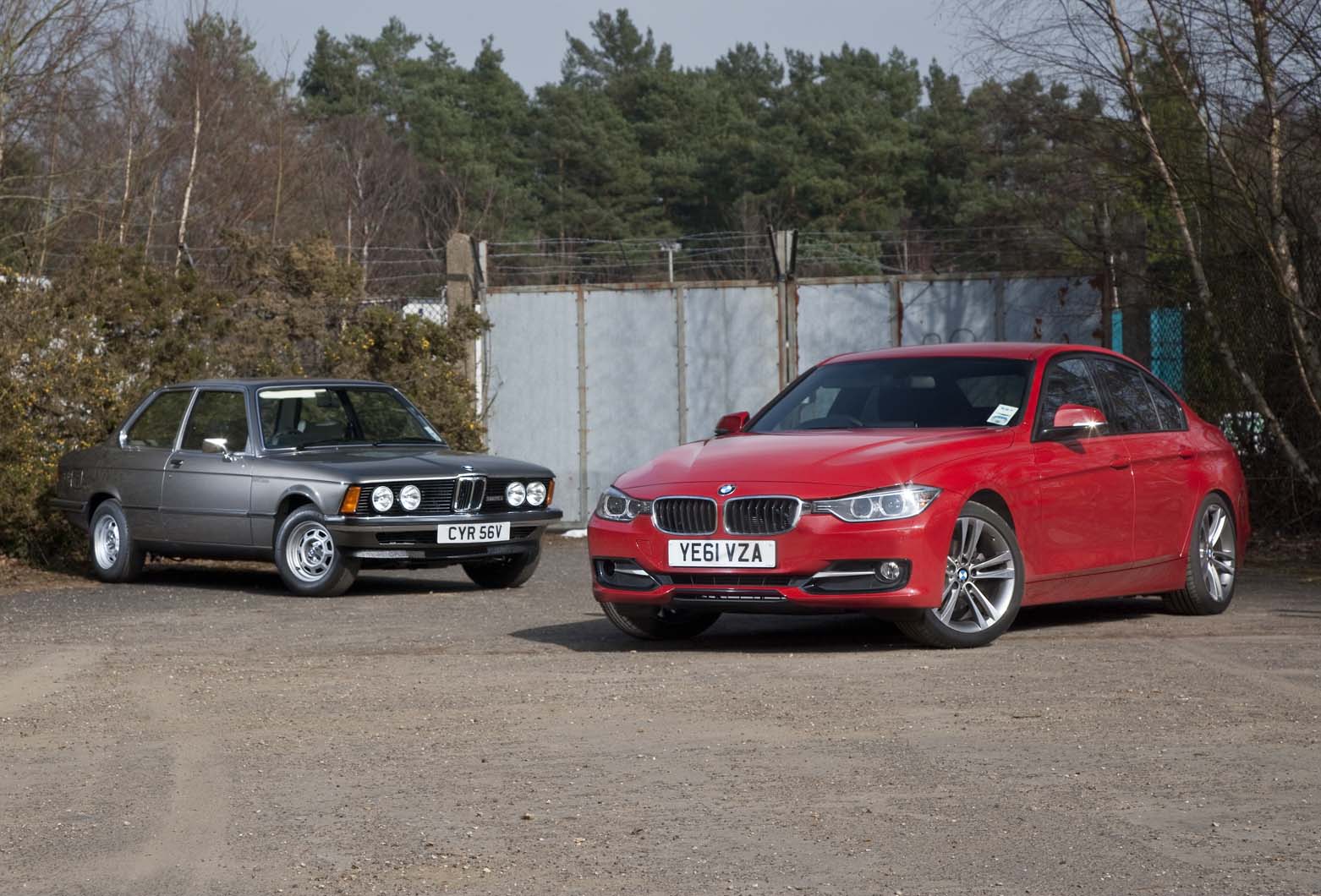









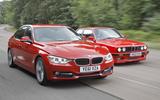









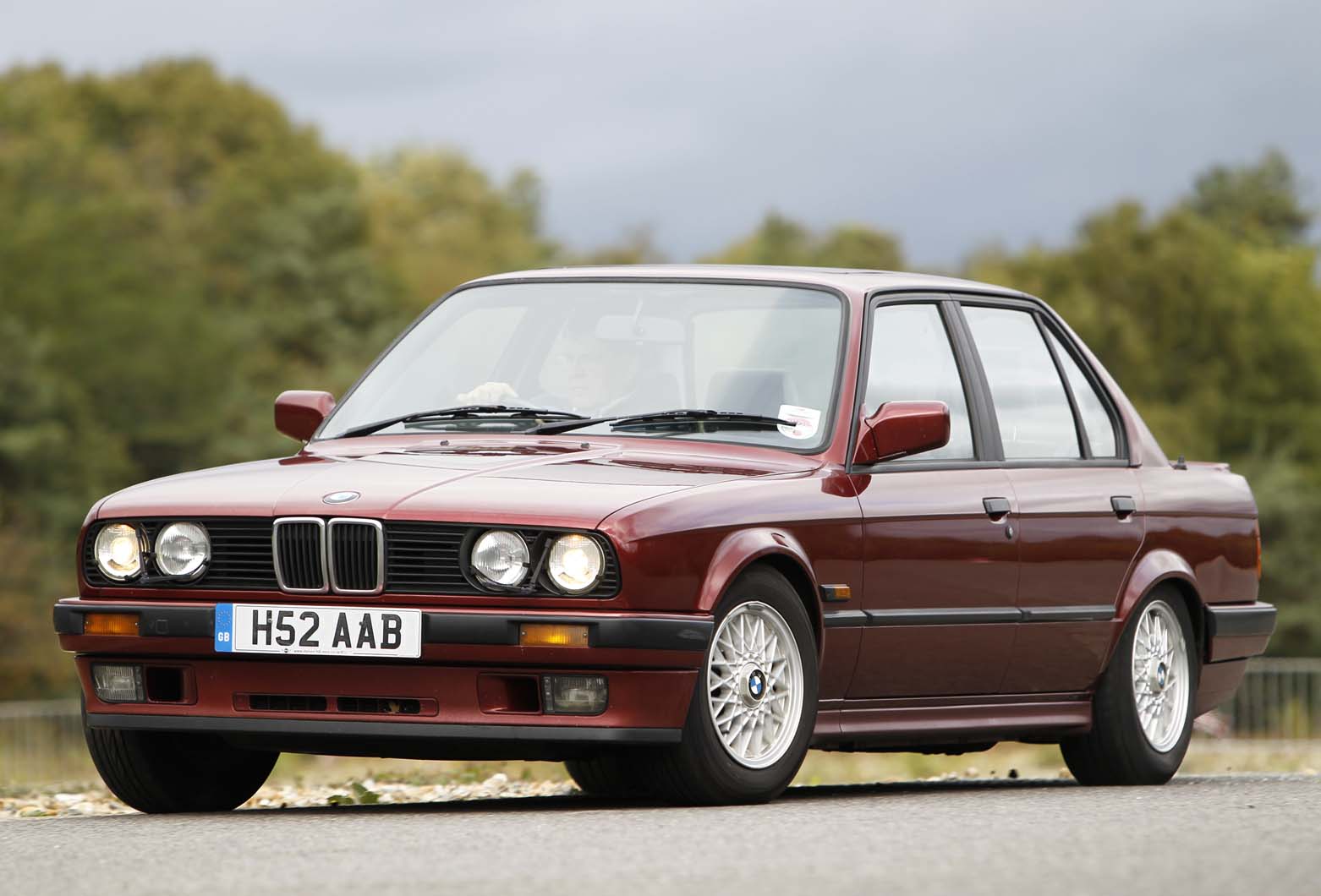


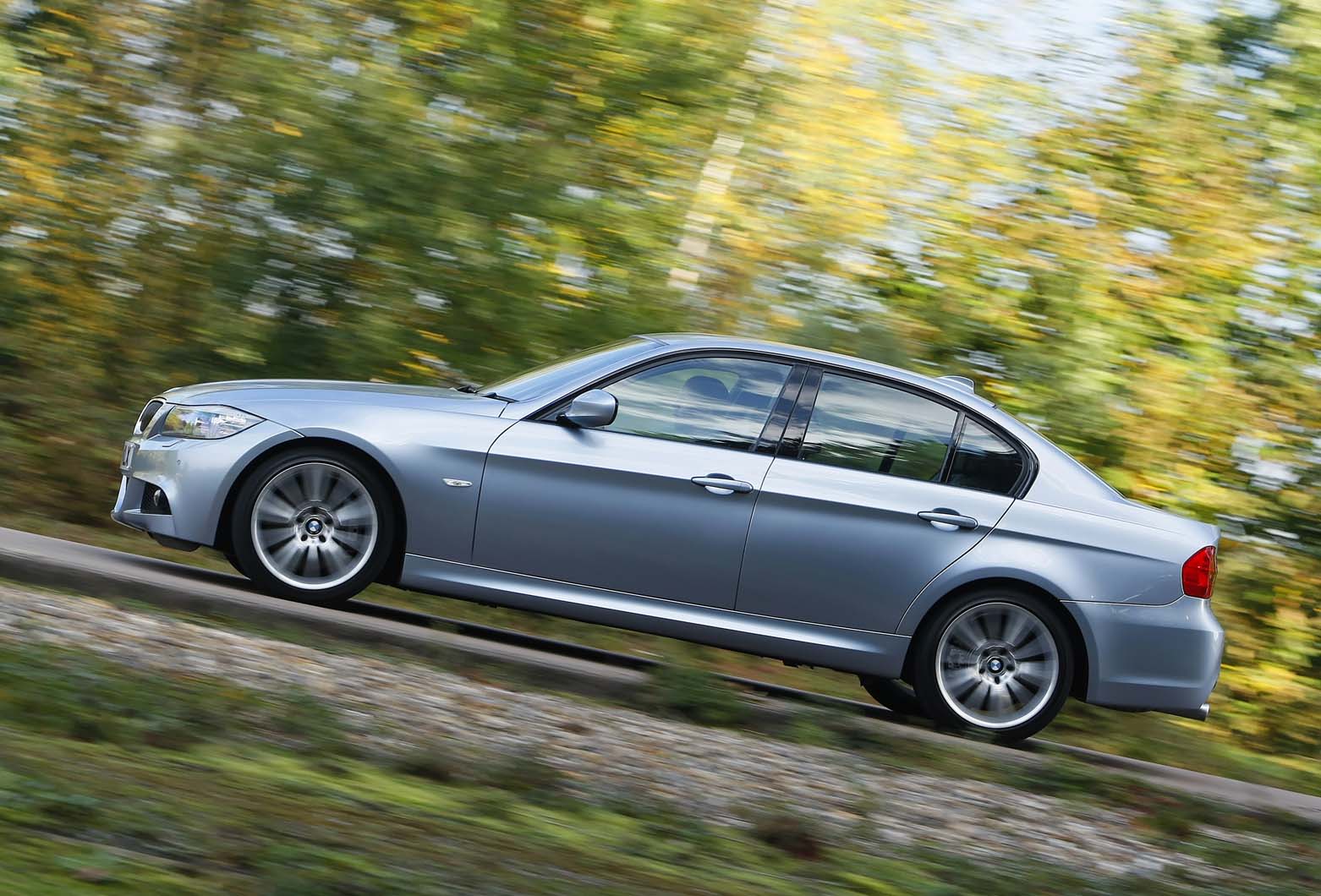
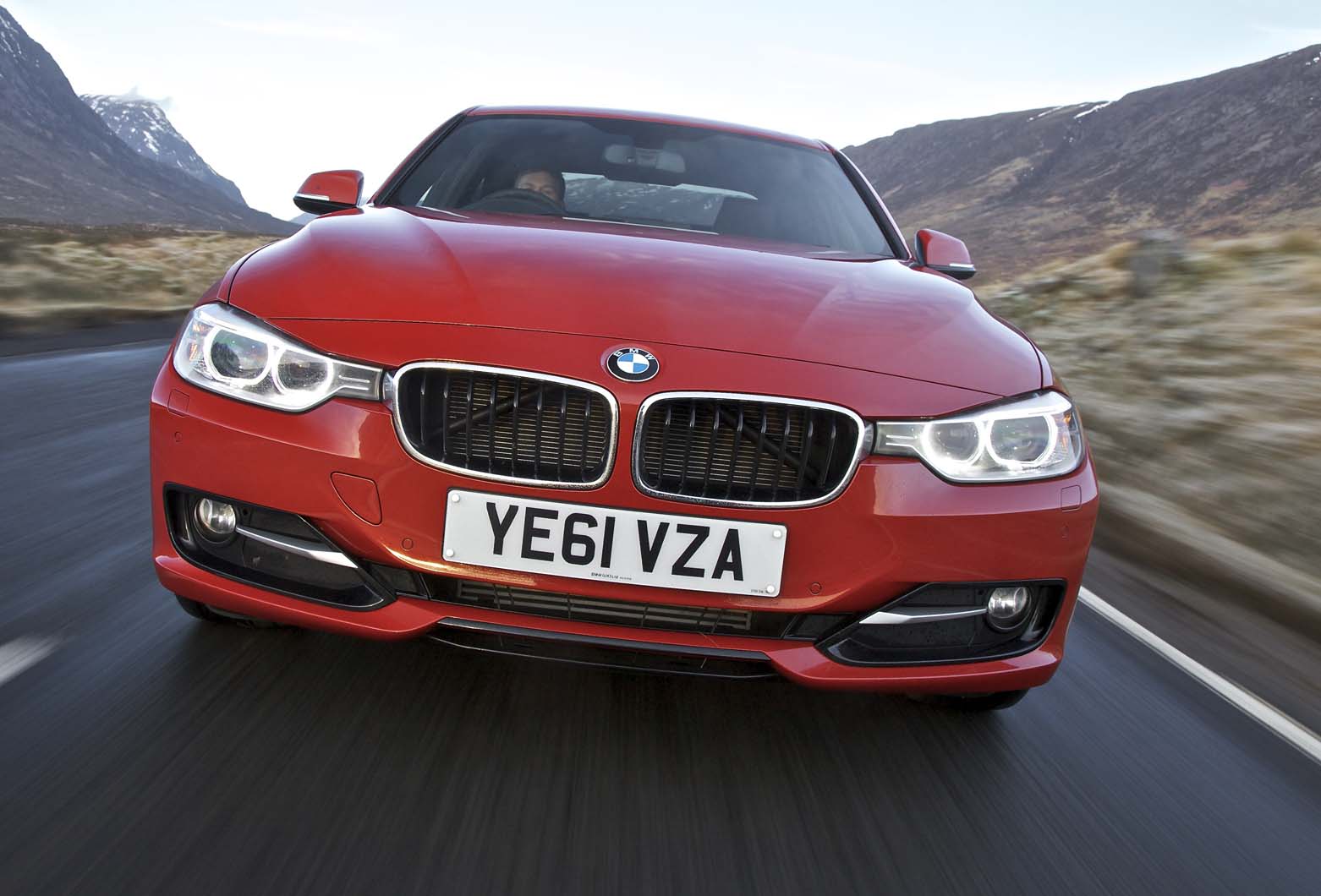


Join the debate
Add your comment
E36 M3 tempting
E36 M3 tempting
I was lucky enough to have an
@ jag150
....come on Jag, the oversteer was half the fun!
I probably had over 20 E30 325i's, not one ever used a drop of oil despite continuous thrashings (unlike modern cars). I think you had a duff one for some reason.